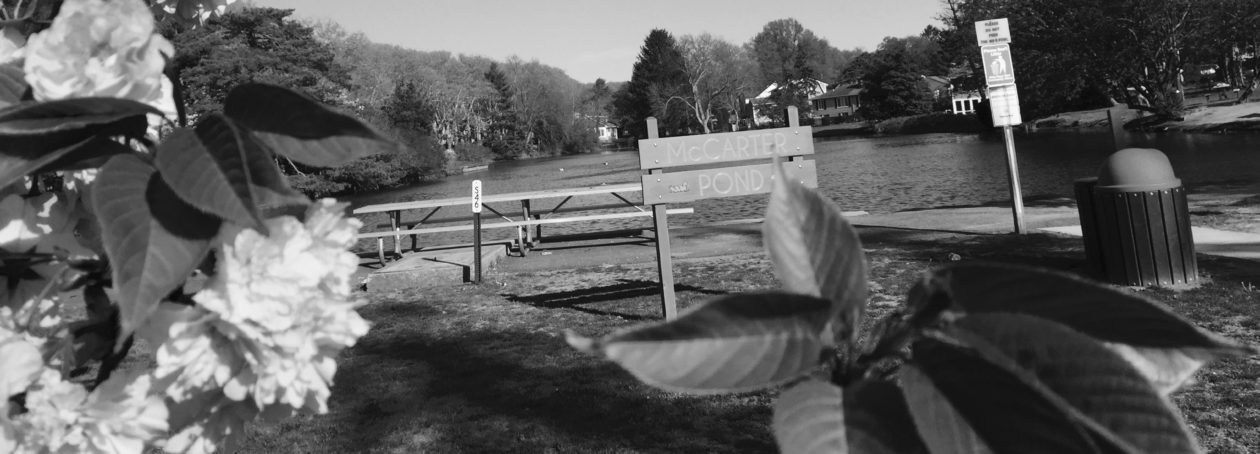A reprise from Feb. 5, 2016 in honor of Juneteenth …
The Fair Haven Fisk AME Chapel is steeped in tradition — Fair Haven tradition and roots that many do not realize jut very deep into the community.
Many of the founding families of Fair Haven have roots that are deeply entrenched in the church. A lot of the names and faces are traceable back to the early days of the church, back in the mid-1800s.
So, the Retro Pic of the Day, courtesy of the chapel’s Facebook page, honors some of the faces of those people with a look back at the congregation of 1949 (approximately) when segregation still existed.
Recognize any of these faces and/or names? Many are still proud residents of borough. If not them, their descendants. They are an integral piece of Fair Haven history.
Here’s the history …
The Fisk AME Chapel congregation has been steeped in Fair Haven history since 1858. Named after Civil War hero General Clinton B. Fisk, a “devout Methodist” and champion of civil rights, the first Fisk Chapel in Fair Haven was where Bicentennial Hall now stands.
Before that, the congregation had a church on River Road near what is now the Shrewsbury Yacht Club — then dubbed the Bethel AME Church (congregation).
Fisk, a Union officer, ran President Lincoln’s Freedman’s Bureau when the Civil War ended. He championed equal rights laws for African-Americans and education focusing on special courses about those rights. He ended up living in Rumson.
“Soon after the Civil War and his arrival in Rumson, New Jersey, General Clinton B. Fisk became very interested in the local Black community at Fair Haven village,” a narrative on Facebook compiled by Stacy Harris (a descendent of the well-known Rileys and Browns) said. “Many of his servants were Blacks, and Fisk apparently won the admiration and respect of these employees.”
After a fire destroyed the original Bethel church in 1875 and those in the black community, many of whom were some of Fair Haven’s founding fathers, were forced to make their way to Red Bank to worship, Fisk made sure a chapel was built to quell the difficulty of commuting.
Right before the church was built, he was also instrumental in having what was a school for black children on Fisk Street. It was known for many years as the Youth Center. After the end of segregation, Youth Center was used for kindergarten.
The upstairs of Youth Center, now dubbed the Fair Haven Community Center, is now the police station.
The present chapel sits next to it. (Well, there’s a house in between.)
— Elaine Van Develde
- In Memoriam: Former Fair Haven, Little Silver Resident, 1945 RBR Grad, Elaine Inman Pope, 97
- Retro RFH Baseball Tackle Time
- Police Report: Burglary, Drugs, Theft, Assault by Auto, DUIs, Unlawful Weapons Possession, Terroristic Threats, Tobacco Sales to Underaged
- Retro RFH Cool Girl Cruisin’
- In Memoriam: Lifetime Rumsonite, Writer, Cyclist, Adventurer, Doug Yorke Jr., 72





You must be logged in to post a comment.